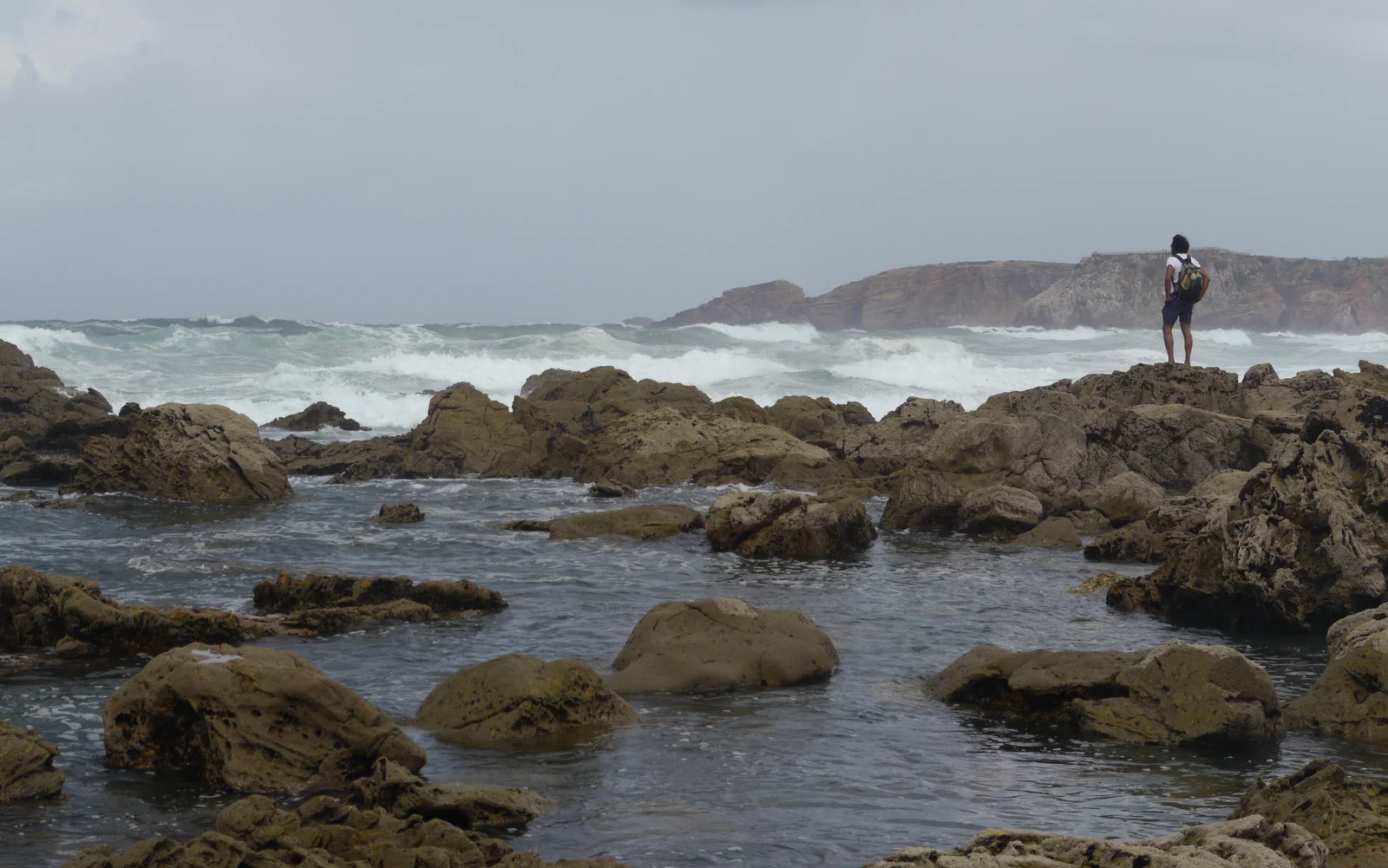As we stepped into the pods and sat down cross-legged we found out for the first time what the task was. A moment later the lids were fitted onto our pods and it went dark. The test started before we even had time to digest what we were supposed to do.
We had no notice of the tests, no preparation time. We had to be on point at all times. We were chaperoned in a minibus, sometimes blindfolded and ushered into a waiting room. There we could be waiting for 10 minutes or seven hours before it was our turn to do the test. But there is no point in feeling hard done by if you had to wait for ages for your turn, it will be mixed up for the next test.... and seriously, does anyone really think that an astronaut gets a proper night's sleep right before launch?
The pod test was a two part test: 1) Lace up our boots in the dark, 2) estimate 20 minutes. What were we being judged on? That was a question that we had plenty of time to think about. The real test though was claustrophobia. As an astronaut you cannot be claustrophobic. You are in small and tight spaces all the time and for long periods of time. It's not just for launch or landing. Even in the vacuum of space, on a space walk, which you might think of as the greatest open space there is, the mask and breathing apparatus can trigger claustrophobia. For anyone that has been SCUBA diving will surely attest to that.
Interestingly, it was a similar size pod design that NASA were considering as one possible emergency evacuation procedure if damage was found on the space shuttle orbiter post the Colombia disaster in 2003. In that tragic accident, damage to the heat-shield sustained to the orbiter at launch led to super heated gases penetrating the vehicle upon re-entry into the Earth's atmosphere and tore the vehicle apart. No one survived. With these crew escape pods, if damage was found on subsequent flights whilst in orbit, a further shuttle would be deployed and the crew could transfer to the undamaged shuttle via these pods. Incidentally the pods were never used and the Space Shuttle was retired in 2011.
Whilst in orbit an astronaut's time is like gold dust and that was the object of the next test. The blood test was an assessment of following a complicated set of procedures where safety and injury is at stake. The reason why an astronaut must be competent at taking their own blood instead of asking a fellow astronaut to help out is because an astronaut's time is the most valuable commodity there is. If two astronauts are kept busy to take blood that is a lot of time wasted. It was also testing for other common fears: The fear of needles or blood. None of the candidates shied away from it though and kudos goes to Merritt for persisting and getting it right with her non-dominant hand.
But the hardest test on Episode 1 was piloting the helicopter. For many of us it was the first time we had ever been in a helicopter, the first time we were piloting an aircraft and they wanted us to hover six feet off the ground!
If you haven't seen it yet, check out Episode 1 of ASTRONAUTS: Do You Have What It Takes?
Episode 2 will be broadcast on Sunday 27th August at 9pm.



